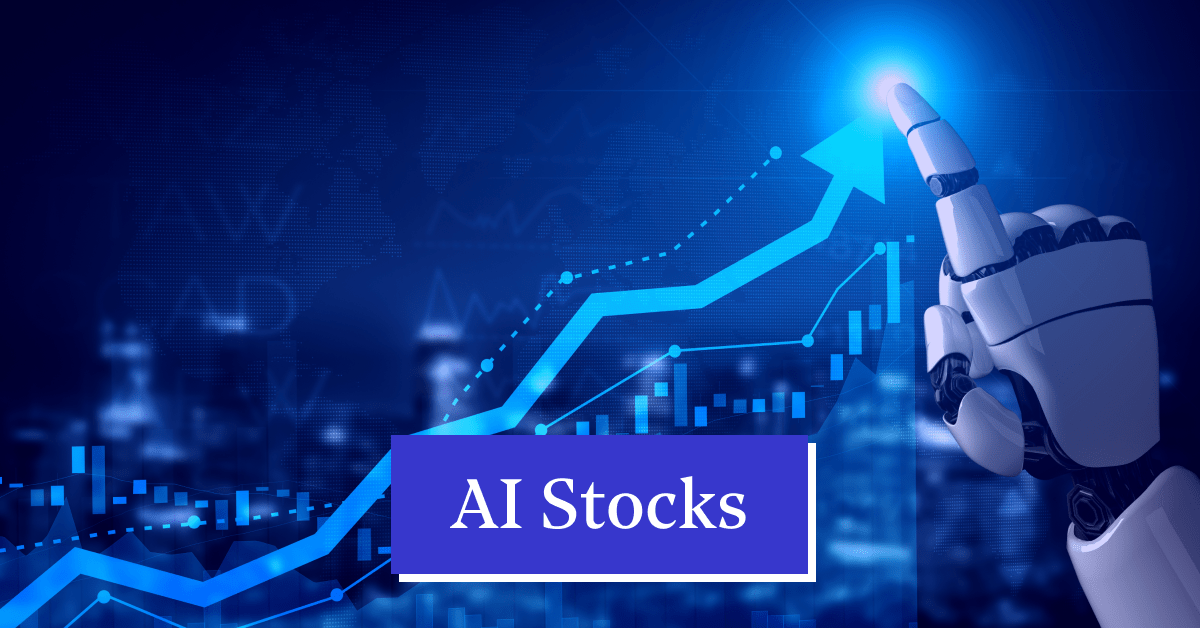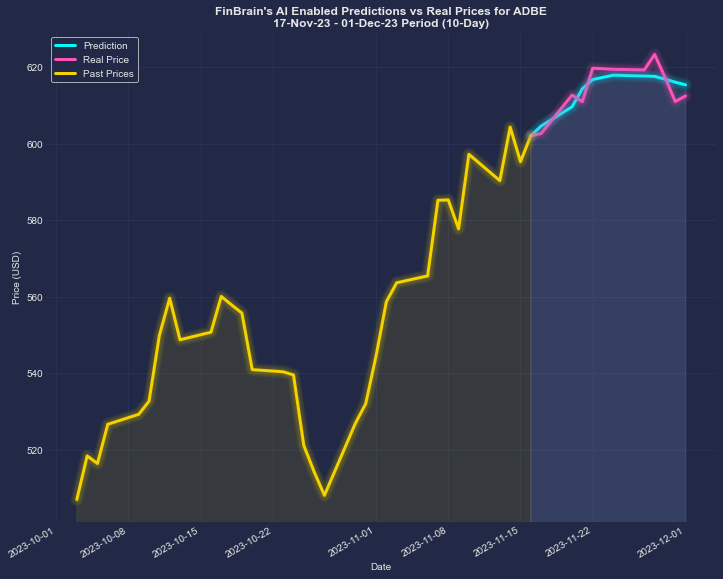Effective risk management is key to a successful AI prediction of stock prices. When properly managed, they can minimize losses and increase return. Here are 10 tips to consider these factors.
1. How to Use Stop-Loss & Take-Profit Levels
What’s the reason? They minimize risk and assist in locking profits.
What to do: Determine whether the model is based on dynamic take-profit and stop-loss rules that are based on market volatility or risk factors. Models that have adaptive levels work better and prevent excessive losses in various market conditions.
2. Assess Risk-to-Reward Ratio Considerations
The reason: A balanced risk-to-reward balance ensures that profit potential outweighs risks that can lead to the possibility of sustainable returns.
How: Confirm whether the model is based on the target ratio of risk-to-reward such as 1:1 or 1:2.
3. Models that include this ratio could aid traders in making more informed choices and avoid risky trades.
3. Make sure you know the maximum drawdown limits
What’s the reason? By restricting drawdowns, the system can be prevented from sustaining a large losses that could be difficult to recuperate.
How: Check that the model has an upper limit on drawdown (e.g. 10 percent). This limit reduces the volatility of long-term markets, and helps protect capital during downturns.
4. Review Strategies to Size Positions Based on Portfolio Risk
The reason: Position sizing is the process of determining the amount capital to put into each trade, in order for returns and risk to be weighed.
How do you determine if the model is based on risk in which the size of the position is adapted based on the volatility of an asset, each trade’s risk, or the overall risk of the portfolio. The use of adaptive position sizing leads to more balanced portfolios with reduced risk.
5. You can also look for a position size which has been adjusted to account for volatility
The reason: Sizing adjusted for volatility implies larger positions in assets with lower volatility as well as smaller positions in high-volatility assets and ensuring stability.
Check to see if you are using a volatility-adjusted method for example, using the Standard Deviation (SD) or Average True Range as a basis. This ensures a consistent exposure to risk across trades.
6. Diversification in Asset Classes and Sectors
Why? Diversification reduces the risk of investing by spreading it across asset classes or sectors.
How do you check to see if the model is programmed to diversify, particularly when markets are volatile. A portfolio that is diversified should be able to reduce the losses that occur during downturns in specific sectors while maintaining stability.
7. Evaluation of the use of dynamic strategies for Hedging
The reason is that hedges reduce the risk of adverse market fluctuations and protects capital.
What to do: Ensure that the model is utilizing dynamic hedging methods, such ETFs and options. Hedging that is effective can improve performance, particularly in volatile markets.
8. Examine Adaptive Risk Limits Based on Market Condition
Why: Because market conditions are different, it is not optimal to establish fixed risk limits for all scenarios.
What should you do: Make sure that the model is automatically adjusting its risk limits in response to market volatility and sentiment. Adaptive risk limits allow the model to take on more risk in stable markets, and limit exposure during uncertain periods, while also preserving capital.
9. Make sure you monitor the real-time status of the Portfolio Risk
Why? Real-time risk management allows the model to react quickly to market movements, minimizing losses.
How to find tools that track the performance of your portfolio in real-time including Value At Risk (VaR) and drawdown percentages. A model that is live monitoring is capable of reacting to market fluctuations that occur suddenly and minimize your risk exposure.
Review Stress Testing and Scenario Analysis of Extreme Events
Why stress tests are important: They aid in predicting the model’s performance under stressful conditions such as financial crises.
Check that the model is stress-tested against historical economic or market events to determine the level of its resilience. Analyzing scenarios can help confirm that the models are able to withstand sudden drops in value without sustaining major losses.
These guidelines will help you determine how reliable the AI trading model is in terms of risk management and positioning. A model that is well-rounded will continuously balance risk and reward to deliver constant returns irrespective of the market’s conditions. View the recommended microsoft ai stock info for more tips including best stock websites, artificial intelligence stock trading, website stock market, stock picker, ai stock investing, ai stocks to invest in, ai stock, investing ai, ai stock price, top stock picker and more.

10 Tips For Evaluating The Nasdaq Composite By Using An Ai Stock Trading Predictor
When looking at the Nasdaq Composite Index, an AI stock predictor must consider its distinct features and elements. The model should also be able to analyze the Nasdaq Composite in a precise manner and predict the movement of the index. Here are ten top tips for evaluating the Nasdaq Comp with an AI Stock Trading Predictor.
1. Understanding Index Composition
Why: Because the Nasdaq Composite is an diversified index, it has more stocks from sectors like biotechnology, technology, or internet.
How: Familiarize yourself with the largest and influential companies within the index, including Apple, Microsoft, and Amazon. The AI model will be able to better predict future movements if able to recognize the impact of these firms in the index.
2. Incorporate specific industry factors
The reason is that the Nasdaq’s performance is heavily dependent on sectoral events and technology trends.
How: Ensure the AI model incorporates relevant elements such as tech sector performance, earnings reports, as well as trends in the software and hardware industries. Sector analysis can enhance the model’s predictive power.
3. Make use of the Technical Analysis Tools
What is the reason? Technical indicators can aid in capturing market sentiment and the trends in price movements in an index as volatile as the Nasdaq.
How: Use techniques of technical analysis like Bollinger bands and MACD to integrate into the AI. These indicators help identify the signals to buy and sell.
4. Be aware of the economic indicators that Influence Tech Stocks
What’s the reason: Economic factors such as inflation, interest rates and employment rates could influence tech stocks and Nasdaq.
How do you integrate macroeconomic indicators relevant to the tech sector, including the level of spending by consumers, investment trends as well as Federal Reserve policies. Understanding these relationships will improve the accuracy of predictions made by the model.
5. Earnings report impact on the economy
Why: Earnings reports from major Nasdaq firms can cause substantial price fluctuations, and affect index performance.
How to: Make sure the model is following earnings calendars and that it is adjusting its predictions to release dates. Analysis of historical price responses to earnings reports will also improve prediction accuracy.
6. Technology Stocks The Sentiment Analysis
A mood of confidence among investors can have a significant impact on the stock market, especially in the field of technology, where trends can quickly alter.
How do you integrate sentiment analysis from financial news social media, financial news, and analyst ratings in the AI model. Sentiment metrics can be useful in adding context and improving the accuracy of predictions.
7. Conduct backtesting using high-frequency data
The reason: Nasdaq trading is known for its volatility. This is why it’s crucial to compare high-frequency data with predictions.
How: Use high frequency data to test back the AI model’s predictions. This validates its performance over various market conditions.
8. The model’s performance is evaluated during market fluctuations
Why is this? The Nasdaq might undergo abrupt corrections. It is crucial to know the model’s performance during downturns.
How to review the model’s performance over time in the midst of significant market corrections or bear markets. Stress testing will reveal the model’s ability to withstand unstable situations, and its ability to reduce losses.
9. Examine Real-Time Execution Metrics
What is the reason? The efficiency of execution is crucial to making profits. This is especially true when dealing with volatile indexes.
How to track the execution metrics, such as slippage and fill rate. Check how well the model predicts the best entry and exit points for Nasdaq-related trades, making sure that the execution is in line with the predictions.
Review Model Validation Using Sample Testing Sample Testing
Why: Tests on untested data help verify that the generalization of a model is accurate.
How can you do thorough out of-sample testing with old Nasdaq data that were not used in the training. Comparing the predicted versus real performance is a good method to ensure whether your model is reliable and accurate.
With these suggestions it is possible to assess an AI prediction tool for stock trading’s ability to assess and predict the movements in the Nasdaq Composite Index, ensuring it remains accurate and relevant in changing market conditions. See the best ai intelligence stocks info for more examples including best artificial intelligence stocks, artificial intelligence stock price today, stock market analysis, open ai stock symbol, artificial technology stocks, predict stock market, analysis share market, ai investing, ai share price, website for stock and more.
